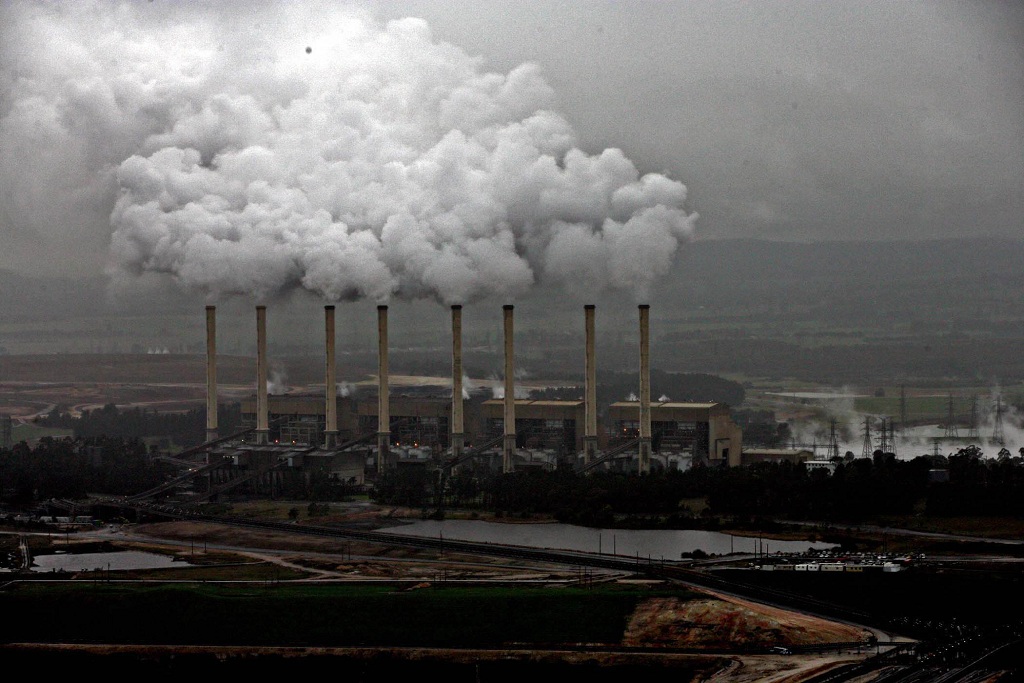A Group Of Teens Successfully Sued The Government Over Climate Change — What Happens Now?
"I wake up every day and sometimes it just hits me in the face that I’ve completely changed climate litigation in this country."

Last month, the Australian Federal Court delivered a landmark ruling on a case brought on behalf of all Australian children and teenagers, finding that the environment minister has a duty of care to protect young people from climate change.
The class action was launched in September last year by eight teenagers, all associated with School Strike 4 Climate movement.
A Class Action To Stop Climate Change
The class action was specifically targeting a proposal to extend a massive open-cut coal mine, known as the Vickery coal mine, in north-western New South Wales owned by Whitehaven Coal.
The teens argued that the extension alone would result in 100-million tonnes of carbon emissions over the next 25 years, and they asked the court to grant an injunction to stop the federal environment minister, Sussan Ley, approving the project.
While the court did not grant the injunction, it did rule that Ley has a legal duty to not cause harm to young people by exacerbating climate change.
The decision was a global first and sets an important legal precedent for climate litigation in Australia.
The Teens Against Climate Change
Anjali Sharma is one of the eight teenagers who led the class action. She told Junkee she was absolutely elated on the day of the judgment and that feeling hasn’t worn off for her at all.
“I wake up every day and sometimes it just hits me in the face that I’ve completely changed climate litigation in this country,” said Sharma.
View this post on Instagram
But There’s Also Been Backlash
While there’s been widespread celebration of the court’s judgement from climate advocates, there have also been some clear attempts to denigrate the teenagers in the media.
Multiple opinion columns have been published in places like the Daily Telegraph and The Australian criticising the judgment of Justice Mordecai Bromberg and patronising the teenagers’ belief in the seriousness of climate change.
One column from Tim Blair in the Daily Telegraph said that the “urban climate activists” who led the class action failed to understand how that could lead to a supposed negative impact on regional Australia and developing nations.
In another Daily Telegraph column, Piers Akerman wrote that the Morrison government has to challenge the court’s judgment or else policy will be “driven by uninformed and emotion-driven teenagers”.
So, What Happens Now?
Sharma told Junkee that she has seen some backlash and she’ll occasionally discover a hate comment or an attack against herself online that makes her question why some people are so against the action that she’s taking to protect the climate.
Although Sharma said she simply reminds herself that she’s taking on these challenges on behalf of others, including the seven other litigants on the case and her family in India, who are immensely proud and supportive of her work.
The next step for the teens will be working to provide submissions that prove to the court that the minister’s freshly established duty of care can be directly connected to the extension of the Vickery mine and that an injunction should ultimately be granted to stop the project from going ahead.
Sharma said that in the long-term, she’ll just be where the action is on climate change and she’s excited by the growing pace of successful climate litigation cases around the world.

